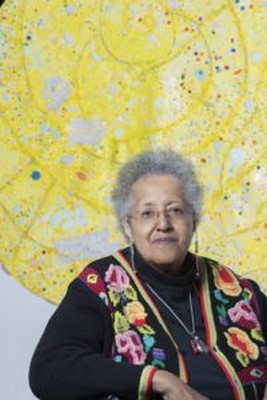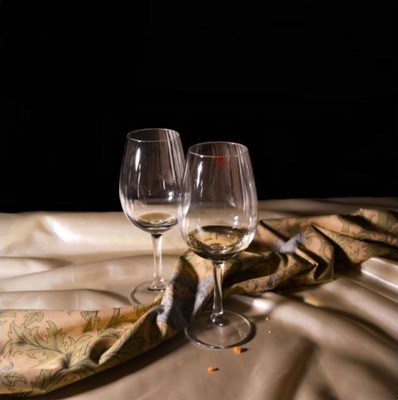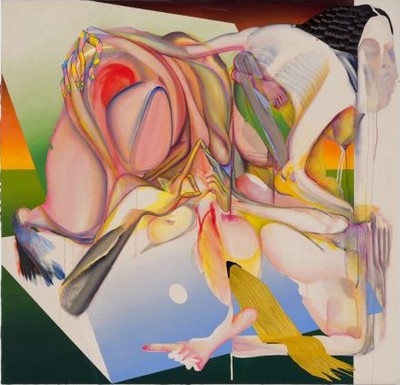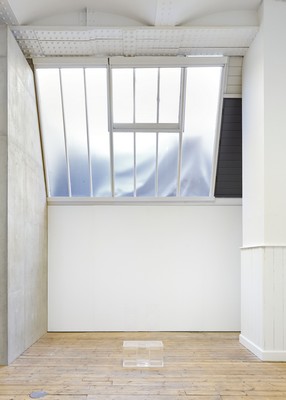Before Tomorrow
Astrup Fearnley Museum, Oslo
22 June - 8 October 2023
Installation view, My Private Sky, Astrup Fearnley Museet, 2001
© Børre Sæthre. Photo: Tore H. Røyneland
Astrup Fearnley Museum (Museet in Norwegian) is celebrating its thirtieth anniversary in 2023. To mark this significant milestone, the museum is undertaking an extensive exhibition titled Before Tomorrow featuring works from the Astrup Fearnley Collection, which fill the museum’s two buildings designed by Renzo Piano.
With more than 100 works on display, Before Tomorrow signals the character of the collection. Alongside recent acquisitions from the past three years, the exhibition will include both iconic and lesser-known works—reflective of the collection’s breadth and scope as well as its evolving identity. The past and the future of the Astrup Fearnley Museet is represented by the collection’s multiple thematic focuses, its surprising and often innovative inclusions, and the sense of curiosity that pervades it. And while several works have dominated the collection’s public perception, Before Tomorrow encourages new readings of these works by presenting them in dialogue with recent acquisitions, lesser-known objects, and major installations that have been restaged from the museum’s previous programming.
The evolving identity of the collection, and how it has been compiled since its founding in the late 1960s, was a catalyst for identifying two particular interpretative lenses that have been used to form this exhibition: the first lens is the notion of temporality. The fact that several works which were created and acquired earlier in the museum’s history, so clearly resonate with the aesthetic, social and political concerns of today, demonstrates how there is a timeless nerve in so many contemporary art works. This certainly rings true for Shirin Neshat’s Fervor from 2001, in which the artist responded to a shifting Iranian identity following the 1979 Islamic Revolution. As this seminal work is reinstalled today, it´s content challenges the perception of progress and asks important questions of our contemporary moment. The building of an art collection requires movement across varied geographic, intellectual and psychological fields, often gathering objects from distinct contexts and presenting them in close proximity to one another. Bringing these objects together, conceptually and materially, is thus a journey on the part of a collector or institution and forms a second interpretative lens. Thomas Struth’s The Art Institute of Chicago II and Nanjing Xi Lu, Shanghai, included in the exhibition, speaks to both of these lenses, at once pointing to distinct geographic, cultural and temporal contexts, while highlighting the very institution into which they are entangled.
Before Tomorrow includes the presentation of several major installations and video works from the Astrup Fearnley Collection. Børre Sæthre’s My Private Sky, first displayed at the museum in 2001 and recently acquired for the collection, was reconstructed. This large scale installation creates an environment that is both seductive and disturbing, drawing inspiration from the history of cinema and the genre of science fiction. Kara Walker’s massive mural THE SOVEREIGN CITIZENS SESQUICENTENNIAL CIVIL WAR CELEBRATION from 2013, was recreated in the museum’s main exhibition space, having recently entered the collection. Following the display of Wolfgang Tillmans’ Concorde Project (started in 1997) at the Museum of Modern Art in in New York in 2022 as part of his retrospective there, visitors is an opportunity to view a selection of works from this series. Additionally, Allora & Calzadilla’s major installation Clamor (2006), which includes a series of live sonic activations, is presented for the first time since 2009. Among a younger generation of artists, Helen Marten’s Orchids, or a hemispherical bottom (2013), first displayed at the 55th Venice Biennale, is featured in the show, as well as several artists based in Norway. These include Frida Orupabo, Michael Lo Presti and Walter Price.
Artists: Allora & Calzadilla, Janine Antoni, Synnøve Anker Aurdal, Michael Armitage, Vanessa Baird, Matthew Barney, Per Inge Bjørlo, Mark Bradford, Bjørn Carlsen, Paul Chan, Trisha Donnelly, Gardar Eide Einarsson, Nicole Eisenman, Ida Ekblad, Elmgreen & Dragset, Matias Faldbakken, Fischli & Weiss, Georgia Gardner Gray, Robert Gober, Nan Goldin, Félix González-Torres, Douglas Gordon, Gunnar S. Gundersen, Shilpa Gupta, Rachel Harrison, Mona Hatoum, Annika von Hausswolff, Damien Hirst, Sergej Jensen, Olav Christopher Jenssen, Rashid Johnson, Martin Kippenberger, R. B. Kitaj, Jeff Koons, Louise Lawler, Klara Lidén, Glenn Ligon, Mikael Lo Presti, Ibrahim Mahama, Helen Marten, Paul McCarthy, Julie Mehretu, Bjarne Melgaard, Eline Mugaas, Joar Nango, Bruce Nauman, Shirin Neshat, Ann Cathrin November Høibo, Albert Oehlen, Frida Orupabo, Laura Owens, Asal Peirovi, Raymond Pettibon, Sigmar Polke, Walter Price, Charles Ray, Jason Rhoades, Torbjørn Rødland, Cinga Samson, Cindy Sherman, Gedi Sibony, Josh Smith, Thomas Struth, Børre Sæthre, Wolfgang Tillmans, Fredrik Værslev, Kara Walker, Jeff Wall, Christopher Wool, Yang Fudong
Curated by Solveig Øvstebø, Executive Director and Chief Curator, and Owen Martin, Curator.
Astrup Fearnley Museet - AFM
Strandpromenaden 2, 0252 Oslo




















